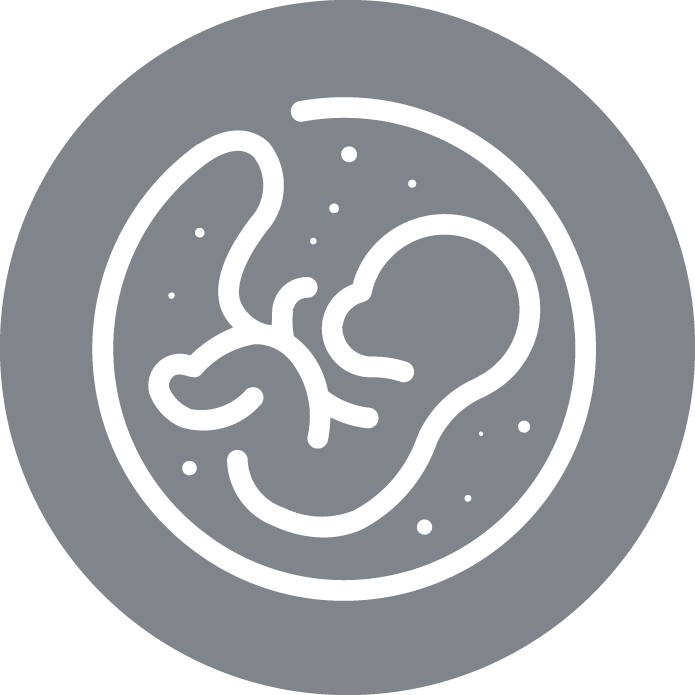Automatically selected embryos, Artificial Intelligence arrives at the IVF laboratory
What is essential is invisible to the eye, or so it is often said, but sometimes it is not that something escapes our appreciation, but rather that we do not have sufficient capacity for its evaluation.
That embryonic development does not occur in the same way in chromosomally normal embryos and in aneuploid embryos is easy to understand. The question so far was whether we had enough technologies to detect these differences in their development. A paper recently presented at the thirty-eighth edition of the Congress of the European Society for Human Reproduction and Embryology (ESHRE) confirms that we do have enough technologies at our disposal.
On July 4, the group led by Dr. Marcos Meseguer revealed unprecedented results in terms of Artificial Intelligence. The study “Artificial intelligence (AI) based triage for preimplantation genetic testing (PGT); an AI model that detects novel features in the embryo associated with ploidy”, determined that the combination of 5 embryo image analysis modules allowed ploidy to be detected.
“This is a pioneering study, since, for the first time in the world, we have developed and combined 5 independent modules that analyze characteristics of the embryo by computer vision, reaching an accuracy of 90% in the prediction of chromosomally normal embryos.” details Dr. Meseguer.
In recent years, we have seen a shift in the field of Reproductive Medicine towards more automated, standardized and less invasive methods. It is in this line, in the search for non-invasive embryo selection methods, that the work of the team supervised by Dr. Meseguer and in, which AiVF Israel collaborates, is framed.
The analysis of 2,500 embryos by automated computer vision has allowed the IVI Valencia team to obtain a revolutionary technique for embryo selection. Its scientific importance lies in the fact that it offers a precision similar to that obtained in traditional invasive studies.
The 5 studied modules that make up the technique are:
- Morphokinetic parameters: The times in which key events of embryonic development take place are evaluated. If an embryo is late for an important event, it is more likely to be chromosomally abnormal.
- Embryo morphology: The module has a prediction power of 68%. Embryos with adequate morphology are usually chromosomally normal.
- Cell activity: The module is based on the sum of the diameters of the cells that make up the embryo at a certain stage of development (from 2 to 8 cells). Aneuploid embryos have a larger cell diameter.
- Mitochondrial activity: The size of a pixel is associated with the size of a mitochondria. Next, the pixels of each embryo are quantified, analyzing changes in their quantity and distribution, which would translate into alterations in the number and location of mitochondria. There are differences in pixels and thus in mitochondrial activity between euploid and aneuploid embryos. This module reports a predictive capacity of 77%.
- Shrinking: Shrinking or pumping events are seen more frequently in chromosomally abnormal embryos.
In conclusion, Artificial Intelligence supported by complex algorithms is now presented as a powerful tool in Assisted Reproduction. The discipline of Artificial Intelligence facilitates the objective prediction of those embryos in optimal conditions for transfer to the mother's womb, opening the door to more transfers of a single embryo and an increase in the success rate of assisted reproduction treatments.



